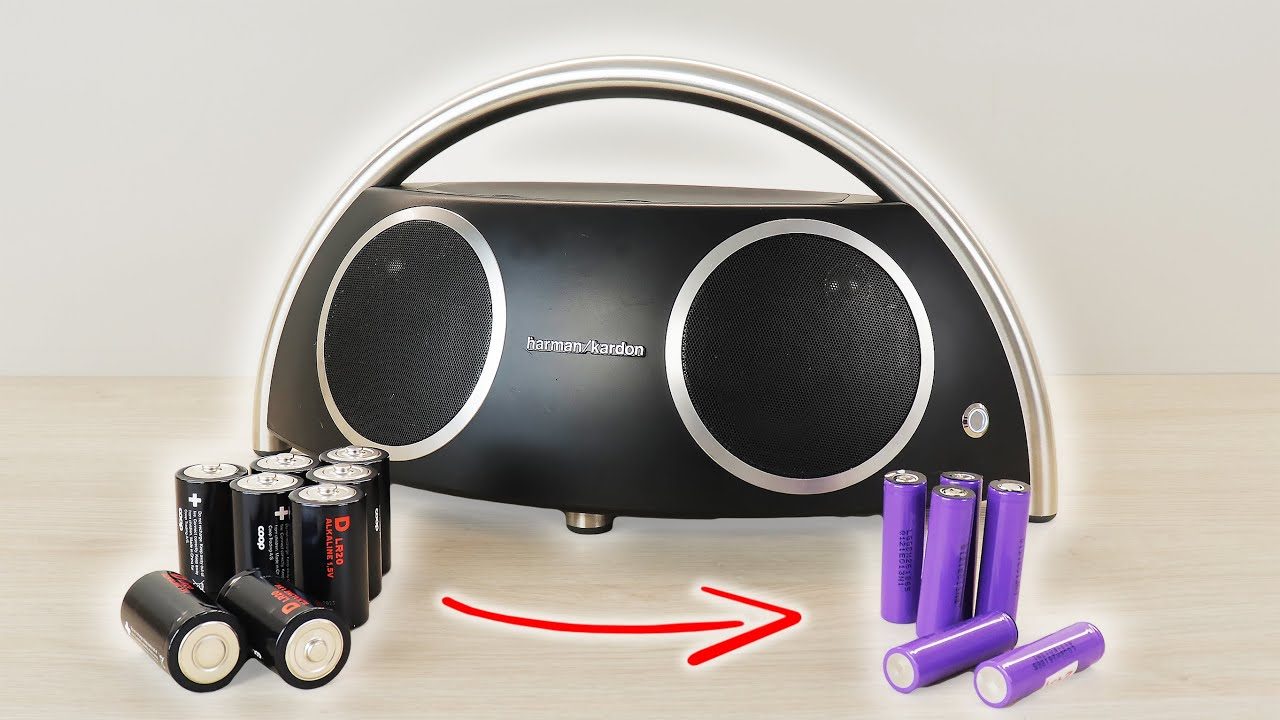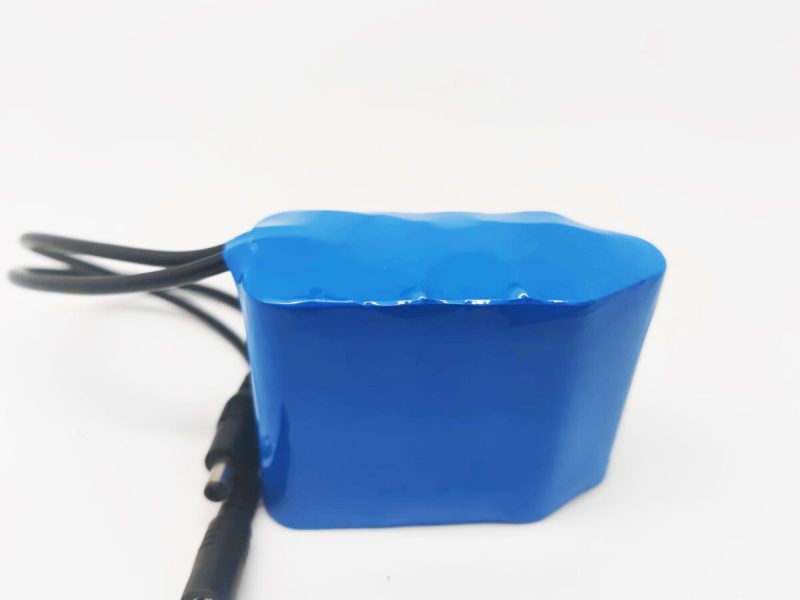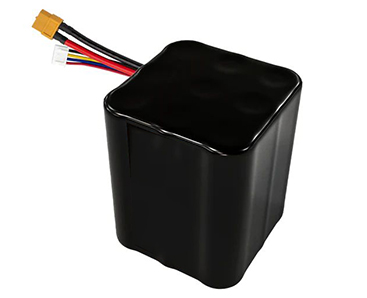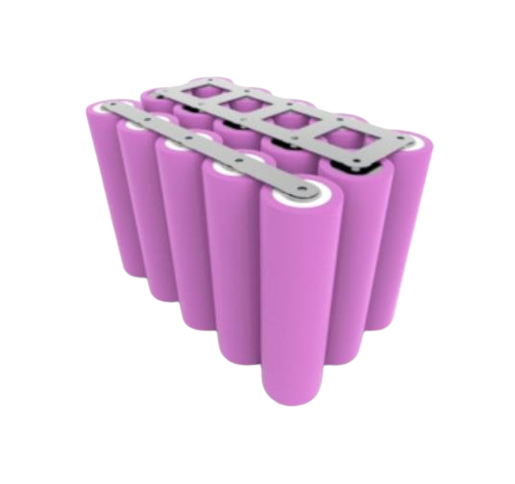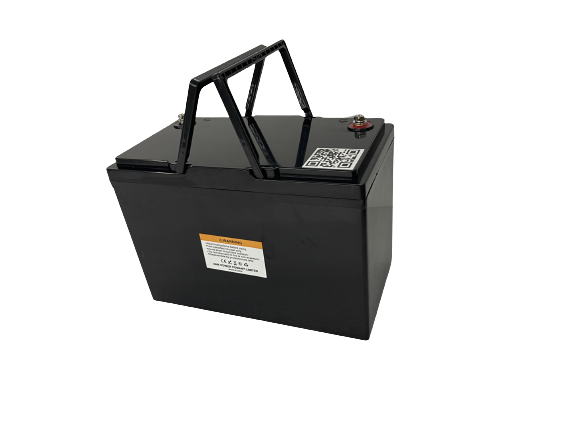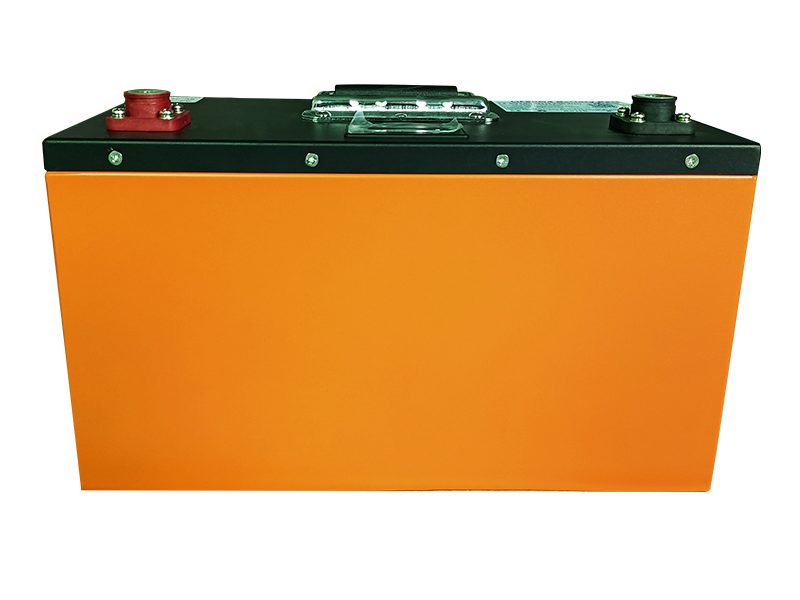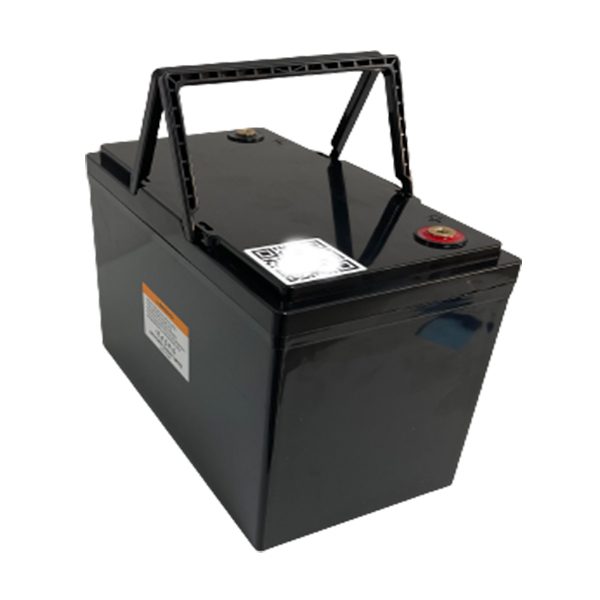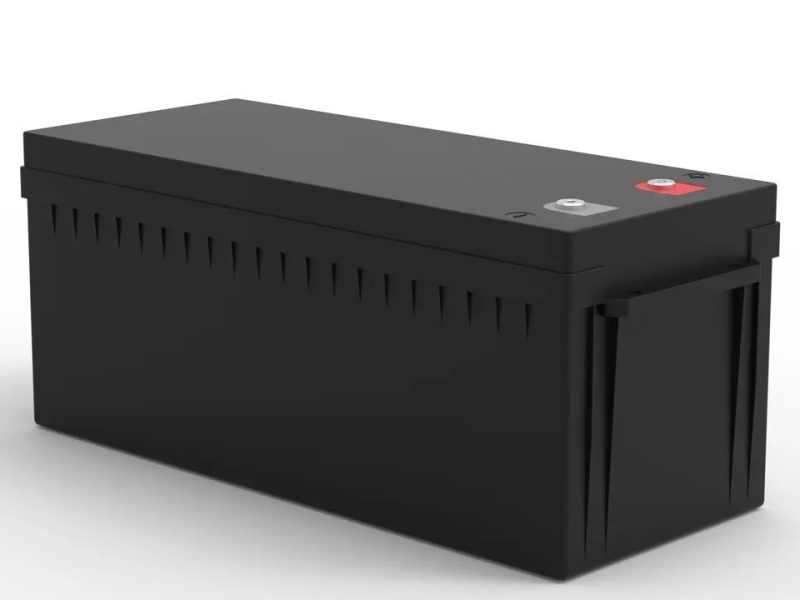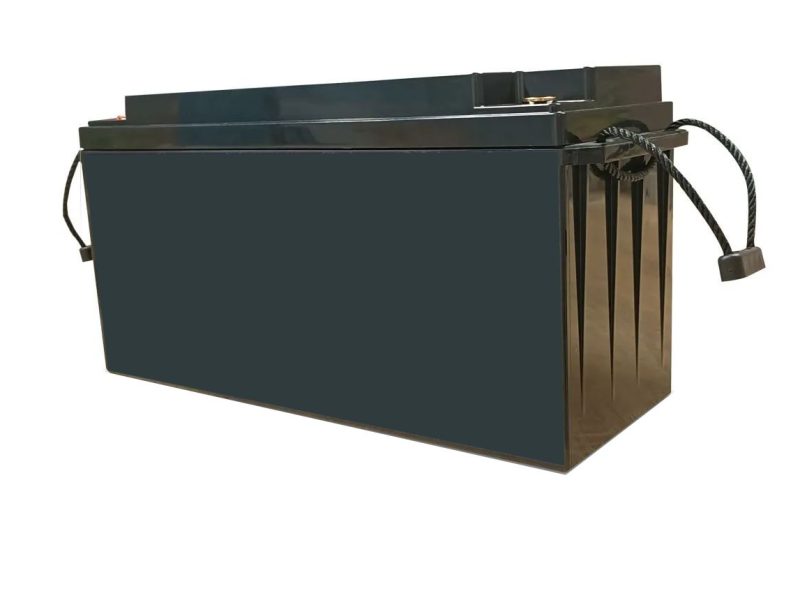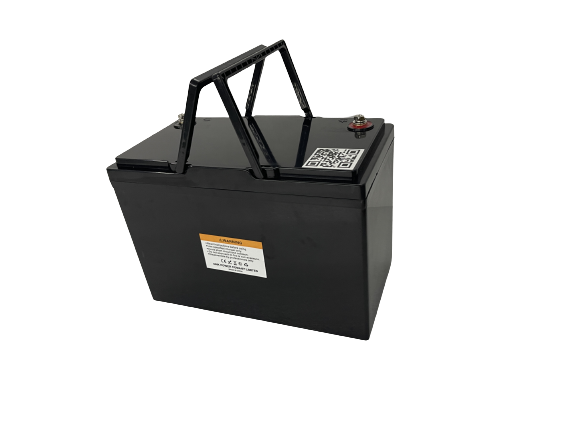Portable speakers have revolutionized our music experience, with their performance directly tied to their power source. Understanding speaker battery technology is essential for choosing the right device and maximizing its lifespan. This comprehensive guide explores the various battery types, specifications, and best practices for optimal performance.
Battery Types for Portable Speakers
Modern speakers utilize several battery technologies, each with distinct advantages for different applications and usage scenarios.
Lithium-ion Rechargeable Batteries
Lithium-ion batteries dominate the portable speaker market due to their exceptional performance characteristics:
- Energy density of 150-250 Wh/kg for extended playback time
- 500-1000 complete charge cycle lifespan
- No memory effect, allowing flexible charging patterns
- Low self-discharge rate (3-5% monthly)
- Fast charging capabilities with smart management
These batteries power most premium Bluetooth speakers, delivering 8-24 hours of playback depending on volume levels and feature usage.
Lithium Polymer (LiPo) Batteries
As an advanced variant of lithium-ion technology, LiPo batteries offer significant advantages for ultra-portable speakers:
- Flexible form factors for custom speaker designs
- Extremely lightweight construction
- Higher energy density than standard Li-ion cells
- Enhanced safety features with proper management systems
LiPo batteries are commonly found in premium compact and waterproof speakers where space optimization is critical.
LiFePO4 (Lithium Iron Phosphate) Batteries
Increasingly adopted in high-durability outdoor speakers, LiFePO4 batteries provide:
- Superior thermal stability and safety profile
- Extended cycle life (2000+ complete charge cycles)
- Excellent performance in extreme temperatures (-20°C to 60°C)
- Enhanced longevity for demanding applications
Alkaline Batteries
Some portable speakers, particularly budget-friendly models, utilize standard alkaline batteries:
- Universal availability and immediate use
- No charging equipment required
- Predictable voltage output
- Cost-effective for occasional use
The primary disadvantage is their single-use nature, making them less economical and environmentally sustainable for regular usage.
Speaker Battery Specifications Explained
Battery Capacity (mAh)
Battery capacity, measured in milliampere-hours (mAh), directly correlates with potential playback time:
- Entry-level portable speakers: 1,000-3,000 mAh
- Mid-range Bluetooth speakers: 3,000-6,000 mAh
- Premium high-output systems: 6,000-12,000+ mAh
A higher capacity battery generally delivers longer playback time, though actual performance depends on speaker efficiency, volume levels, and feature usage.
Common Battery Formats
18650 Lithium-ion Cells
These cylindrical cells (18mm diameter, 65mm length) power numerous portable speakers because they offer:
- Standardized dimensions for easy replacement
- Balanced capacity (typically 2000-3500 mAh per cell)
- Established safety record with proper implementation
- Cost-effective manufacturing at scale
26650 High-Capacity Cells
Larger speakers often utilize 26650 cells (26mm diameter, 65mm length) offering:
- Higher capacity per cell (4000-6000 mAh)
- Improved current delivery for high-power audio systems
- Enhanced thermal management capabilities
Custom Battery Packs
Premium speaker manufacturers develop proprietary battery configurations that:
- Conform precisely to available internal space
- Balance weight distribution for speaker stability
- Incorporate specialized battery management systems
- Optimize charging circuit efficiency
Maximizing Speaker Battery Lifespan
Several factors influence how long a speaker battery maintains optimal performance before capacity degradation:
Key Factors Affecting Battery Longevity
- Charge-discharge cycle count
- Operating temperature range
- Charging practices (partial vs. full charges)
- Storage conditions when not in use
- Volume levels during operation
Best Practices for Battery Care
To maximize your speaker battery’s useful life:
- Avoid complete depletion when possible
- Use manufacturer-approved charging adapters
- Maintain charge levels between 20-80% for everyday use
- Store speakers at moderate charge (40-60%) if unused for extended periods
- Charge at room temperature (15-25°C/59-77°F)
Temperature Management
Temperature significantly impacts battery performance and longevity:
- Optimal operating range: 10-35°C (50-95°F)
- Cold temperatures temporarily reduce available capacity
- Heat accelerates permanent chemical degradation
- Avoid leaving speakers in direct sunlight or hot vehicles
Advanced Battery Features in Modern Speakers
Contemporary premium speakers incorporate sophisticated battery technology that enhances user experience and device longevity.
Smart Battery Management Systems
- Microprocessor-controlled charging algorithms
- Real-time monitoring of cell voltage and temperature
- Automatic power distribution optimization
- Protection against overcharge, over-discharge, and short circuits
Quick Charging Technology
- Rapid charge support (typically 1-4 hours for full charge)
- USB-C Power Delivery support in newer models
- Wireless charging options in premium devices
- Smart charging that adjusts as batteries approach capacity
Power Bank Functionality
Many modern speakers now offer reverse charging capabilities:
- USB output ports to charge mobile devices
- Intelligent power management during dual-use scenarios
- Dedicated circuitry to maintain audio quality during external charging
Selecting the Right Speaker Based on Battery Needs
Match battery specifications to your typical usage patterns for optimal satisfaction:
Usage Scenario Considerations
- Indoor home use: Standard capacity (2000-4000 mAh) often suffices
- Extended outdoor activities: High-capacity (6000+ mAh) recommended
- Travel applications: Balance between capacity and weight/size
- Professional applications: Consider models with replaceable batteries
Environmental Factors
Different battery technologies perform differently under various conditions:
- Extreme temperatures: LiFePO4 offers superior tolerance
- Humid environments: Seek IP-rated waterproof models
- High-altitude usage: Batteries with pressure-compensating vents perform better
Custom Battery Solutions for Manufacturers
Speaker manufacturers seeking optimized power solutions benefit from custom battery development. Specialists like Vade Battery offer tailored lithium-ion, lithium polymer, and LiFePO4 configurations that balance performance specifications with form factor requirements.
Custom battery packs provide substantial advantages:
- Precise dimensional specifications to maximize available space
- Optimized capacity-to-weight ratios
- Integrated protection circuitry
- Application-specific performance testing
Frequently Asked Questions
How long do speaker batteries typically last before needing replacement?
Quality lithium-ion batteries in portable speakers typically maintain 80% of their original capacity after 500-1000 complete charge cycles, translating to approximately 2-5 years of regular use. LiFePO4 batteries may extend this to 5-8 years with proper care.
Can I replace the battery in my portable speaker?
Some models feature user-replaceable batteries, while others have sealed designs requiring professional service. Premium manufacturers typically offer battery replacement services for their high-end products.
Why does my speaker battery drain even when not in use?
All batteries exhibit self-discharge, but Bluetooth speakers may also consume power maintaining wireless connectivity, running status LEDs, or performing background system functions. Most quality speakers offer standby modes that minimize idle power consumption.
Speaker battery technology continues advancing rapidly, offering improved capacity, lifespan, and charging speeds. By understanding battery specifications and following proper maintenance practices, consumers can maximize their portable audio experience and investment. Whether selecting a new portable speaker or maintaining your existing device, battery considerations should factor prominently in your decision-making process.

